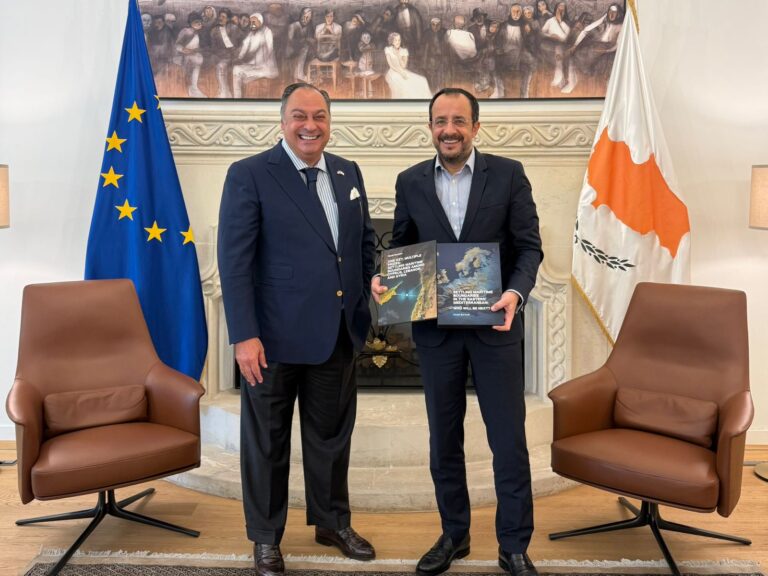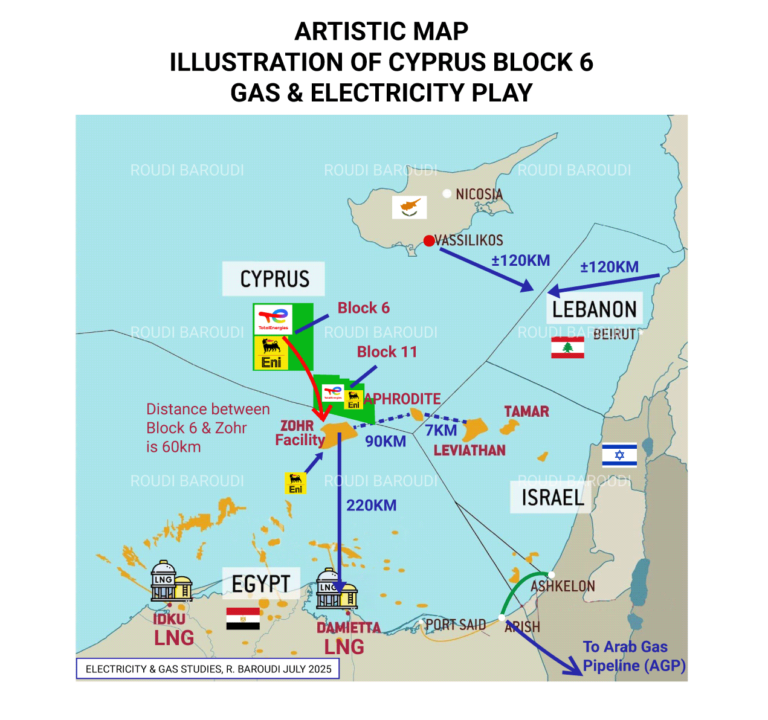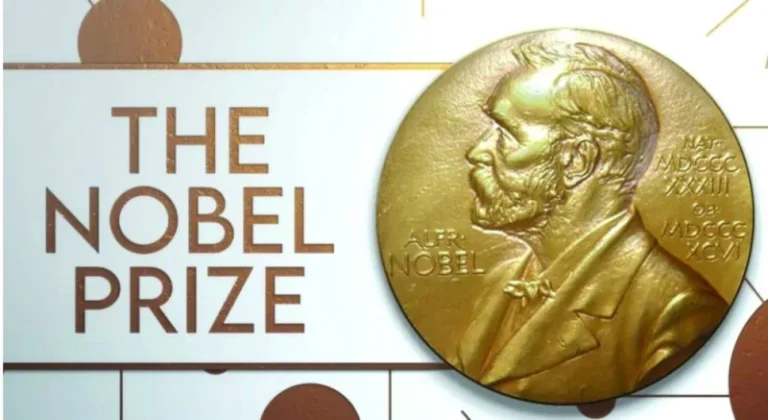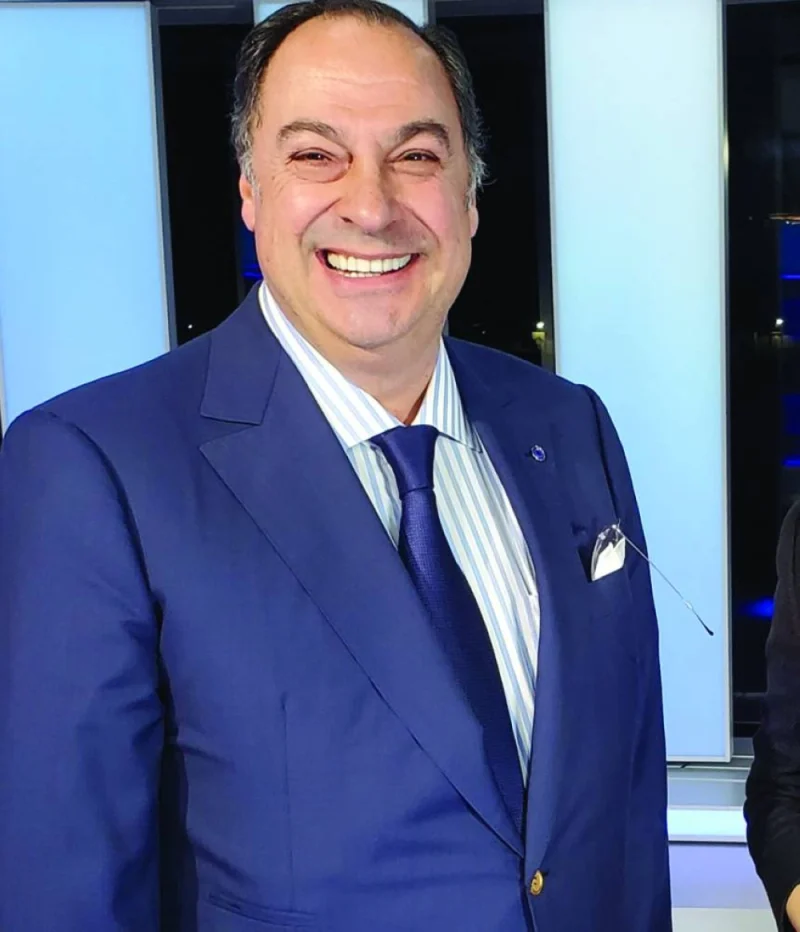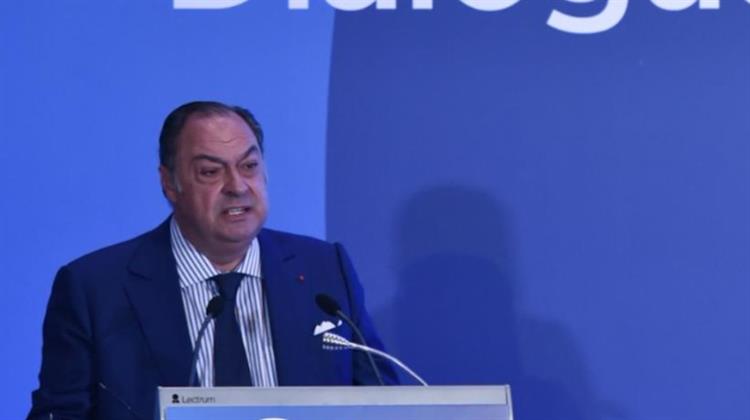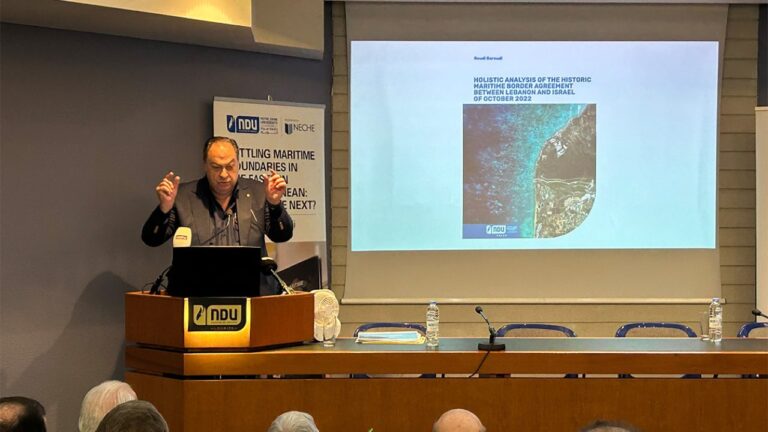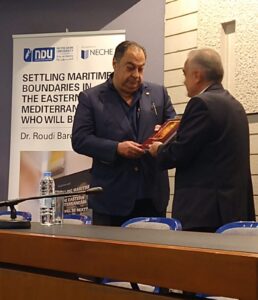What Africans want from COP30

The upcoming UN Climate Change Conference (COP30) will be the first to take place in the Amazon, sending a powerful symbolic message about the central role developing economies must play in the global response to the climate crisis. But at a time of geopolitical fragmentation and low trust in multilateralism, symbolism is not enough. Developing economies must plan and propel the green transition. Africa is no exception.
So far, Africa’s climate narrative has been one of victimhood: the continent contributes less than 4% of global greenhouse-gas emissions, but it is highly vulnerable to the effects of climate change. This disparity fuelled the calls for “climate justice” that helped to produce ambitious climate-financing pledges from the industrialised economies at past COPs. But with those pledges going unfulfilled, and Africa’s climate-finance needs rising fast, moral appeals are clearly not enough.
A shift to a more strategy-oriented discourse is already underway. The Second Africa Climate Summit (ACS2), which took place in Addis Ababa last month, positioned the continent as a united actor capable of shaping global climate negotiations. It also produced several initiatives, such as the Africa Climate Innovation Compact and the African Climate Facility, that promise to strengthen Africa’s position in efforts to ensure a sustainable future.
Instead of continuing to wait for aid, Africa is now seeking to attract investment in its green transition, not because rich countries “owe” Africans – though they do – but rather because Africa can help the world tackle climate change. But success will require progress on four fronts, all of which will be addressed at COP30.
The first is the cost of capital. Because systemic bias is embedded in credit-rating methodologies and global prudential rules, African countries face the world’s highest borrowing costs. This deters private capital, without which climate finance cannot flow at scale. While multilateral development banks (MDBs) can help to bridge the gap, they typically favour loans – which increase African countries’ already-formidable debt burdens – rather than grants.
At COP29, developed economies agreed to raise “at least” $300bn per year for developing-country climate action by 2035, as part of a wider goal for all actors to mobilise at least $1.3tn per year. If these targets are to be reached, however, systemic reform is essential. This includes changes to MDB governance, so that African countries have a greater voice, and increased grant-based financing. Reform also must include recognition of African financial institutions with preferred creditor status, and the cultivation of a new Africa-led financial architecture that lowers the cost of capital.
The second area where progress is essential is carbon markets. Despite its huge potential for nature-based climate solutions, Africa captures only 16% of the global carbon-credit market. Moreover, the projects are largely underregulated and poorly priced, with limited community involvement. Africa is now at risk of falling into a familiar trap: supplying cheap offsets for external actors’ emissions, while reaping few benefits for its people.
While some African countries are developing their own carbon-market regulations, a fragmented system will have limited impact. What Africa needs is an integrated carbon market, regulated by Africans, to ensure the quality of projects, set fair prices, and channel revenues toward local development priorities, including conservation, renewable energy, and resilient agriculture. This system should be linked with Article 6 of the Paris climate agreement, which aims to facilitate the voluntary trading of carbon credits among countries.
The third imperative for Africa at COP30 is to redefine adaptation. Rather than treating it primarily as a humanitarian project, governments must integrate adaptation into their industrial policies. After all, investment in climate-resilient agriculture, infrastructure, and water systems generates jobs, fosters innovation, and spurs market integration.
By linking adaptation to industrialisation, Africa can continue what it started at ACS2, shifting the narrative from vulnerability to value creation. Africa should push for this approach to be reflected in the indicators for the Global Goal on Adaptation, which are set to be finalised at COP30. The continent’s leaders should also call for adaptation finance to be integrated into broader trade and technology frameworks.
The final priority area for Africa at COP30 is critical minerals. Africa possesses roughly 85% of the world’s manganese, 80% of its platinum and chromium, 47% of its cobalt, 21% of its graphite, and 6% of its copper. In 2022, the Democratic Republic of the Congo alone accounted for over 70% of global cobalt production.
But Africa knows all too well that natural-resource wealth does not necessarily translate into economic growth and development. Only by building value chains on the continent can Africa avoid the “resource curse” and ensure that its critical-mineral wealth generates local jobs and industries. This imperative must be reflected in discussions within the Just Transition Work Programme at COP30.
These four priorities are linked by a deeper philosophical imperative. The extractive logic of the past – in which industrialisation depended on exploitation and destruction – must give way to a more holistic, just, and balanced approach, which recognises that humans belong to nature, not the other way around. Africa can help to lead this shift, beginning at COP30.
The barriers to progress are formidable. China likes to tout South-South solidarity, but it does not necessarily put its money where its mouth is. The European Union is struggling to reconcile competing priorities and cope with political volatility. The US will not attend COP30 at all, potentially emboldening others to resist ambitious action. If consensus proves elusive, parties might pursue “mini-lateral” deals, which sideline Africa.
When it comes to the green transition, Africa’s interests are everyone’s interests. If the continent is locked into poverty and fossil-fuel dependency, global temperatures will continue to rise rapidly. But if Africa is empowered to achieve green industrialisation, the rest of the world will gain a critical ally in the fight for a sustainable future. – Project Syndicate
- Carlos Lopes, COP30 Special Envoy for Africa, is Chair of the African Climate Foundation Board and a professor at the Nelson Mandela School of Public Governance at the University of Cape Town.

